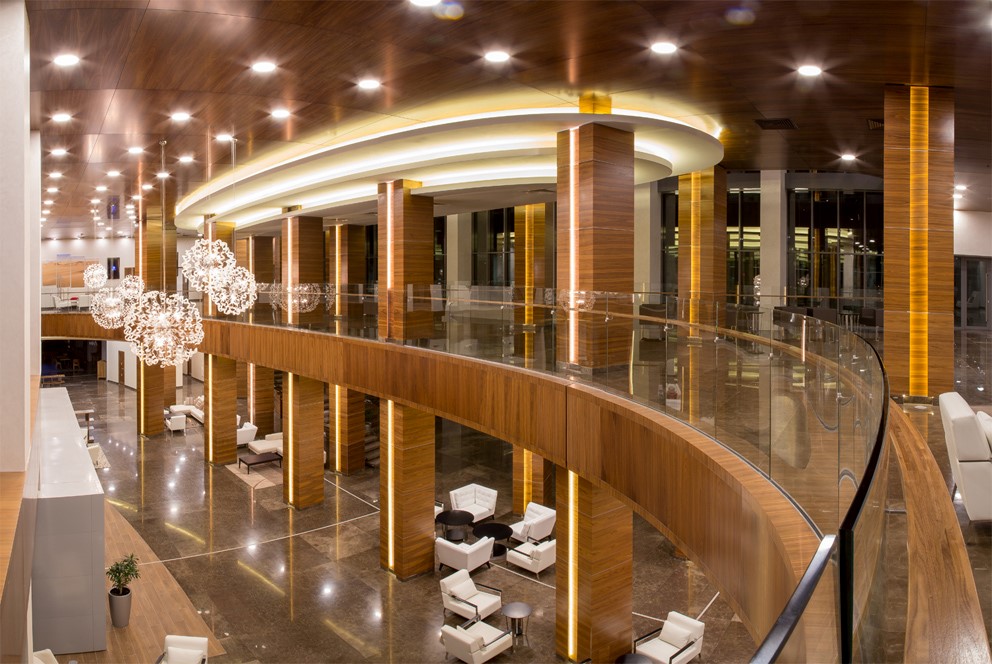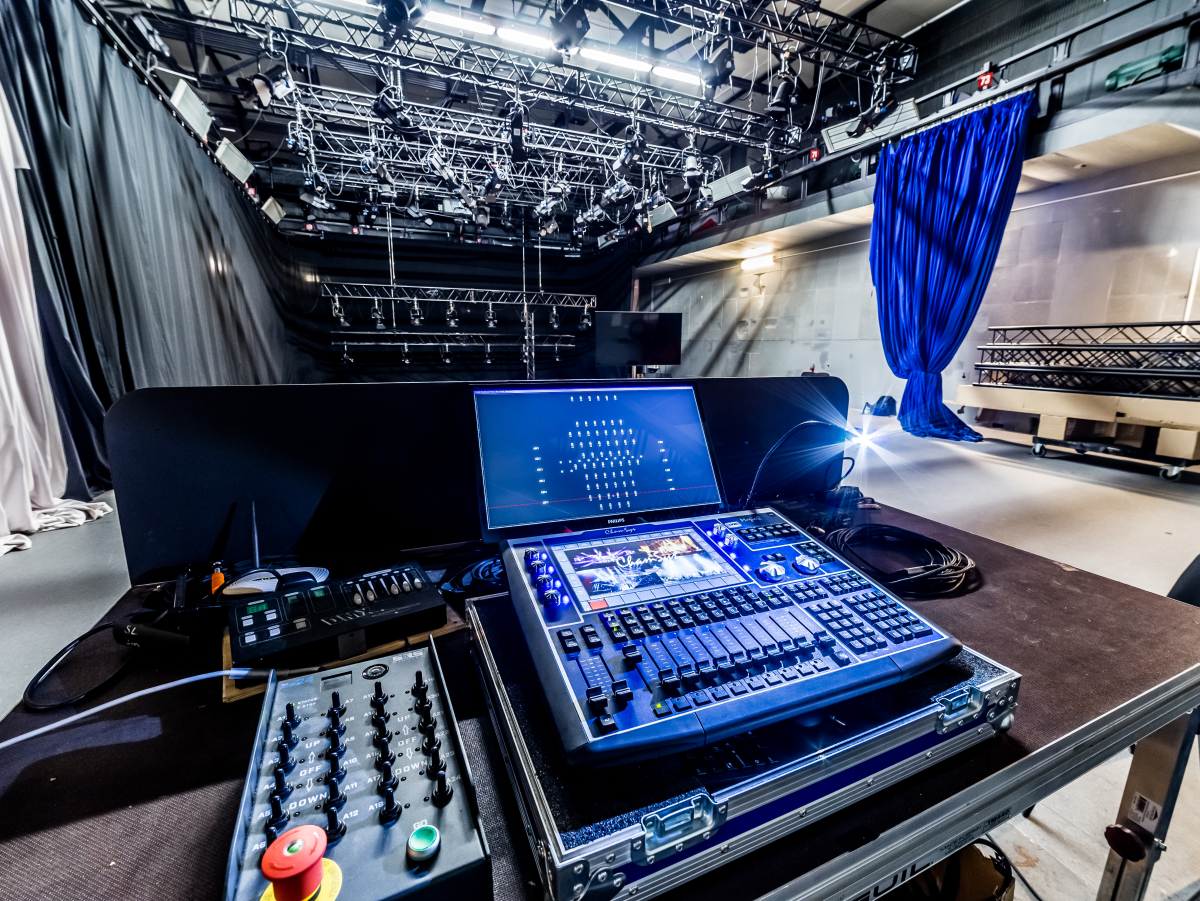This website uses cookies so that we can provide you with the best user experience possible. Cookie information is stored in your browser and performs functions such as recognising you when you return to our website and helping our team to understand which sections of the website you find most interesting and useful.
Audiovisual solutions at Marriott Hotel in Minsk
In 2015-2016, UAB Audiotonas cooperated with partners from Lithuania in the design and installation of audiovisual systems for conference halls, their control equipment and sound for public spaces in the impressive 65 thousand square meter sports and entertainment complex Sokol in Minsk with the five-star Marriott hotel.
UAB Audiotonas participated in the design, supply of equipment, supervision, installation and commissioning of the following systems:
- Background sound for hotel public areas
- Video, audio and control of the hotel’s conference and banquet halls
- Hotel public space lighting control
- Spa center background sound
- Public address and gym in the tennis complex
In the design and implementation of all the above systems, special attention was paid not only to the technical characteristics of the equipment, but also to the design, as each visible device had to match the extremely luxurious interior of the premises. Crestron ceiling-mounted speakers, BIAMP DSP system, BITTNER AUDIO amplifiers and ATEIS IP music players were chosen to sound the hotel public spaces. The active equipment of the same manufacturers also sounds the other 2 public spaces of the complex – the hotel SPA center, the tennis complex. CRESTRON, AMC, DNH speakers are used in these spaces. In total, the complex has 24 audio zones for public spaces, 5-6 music sources can be fed to each of these zones. The selection of the sound source is performed with BIAMP wall controllers installed in the premises or by the system administrator, who controls the entire system from his computer. The company’s ATEIS TERRACOM system allows you to have your own individual music playlists in each of the complex’s buildings.
The Marriott Hotel has 12 conference rooms of various sizes and 3 ultra-luxurious banquet halls that can be combined into one. The lighting system of the hotel’s conference halls, banquet halls, restaurants and public spaces, as well as the audio-visual systems are controlled by CRESTRON controllers. Systems management can be done with the help of tablets installed in conference halls, as well as with the help of hall reservation and centralized device monitoring and management software. This system is also integrated with the building management system (BMS), which means that all systems are managed using the same user interface.

Get an offer











